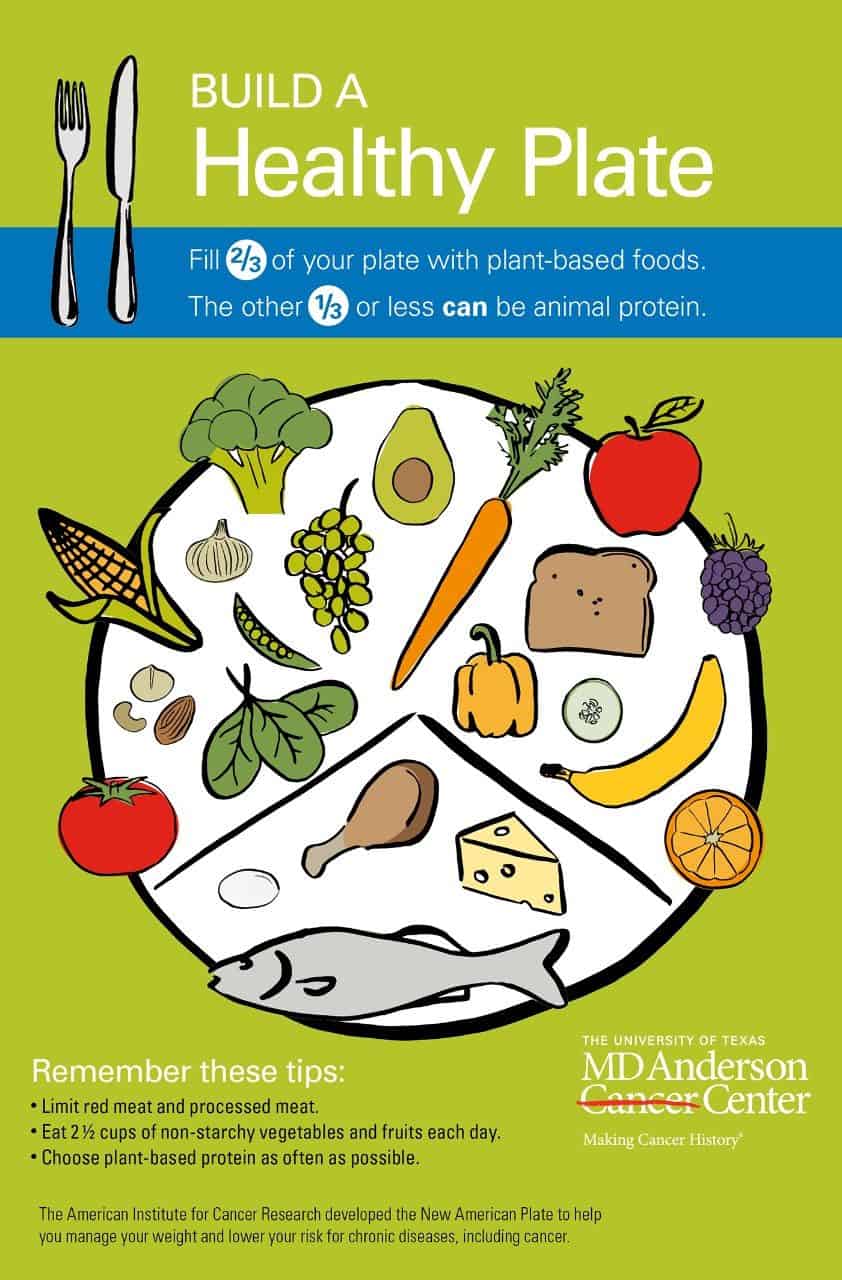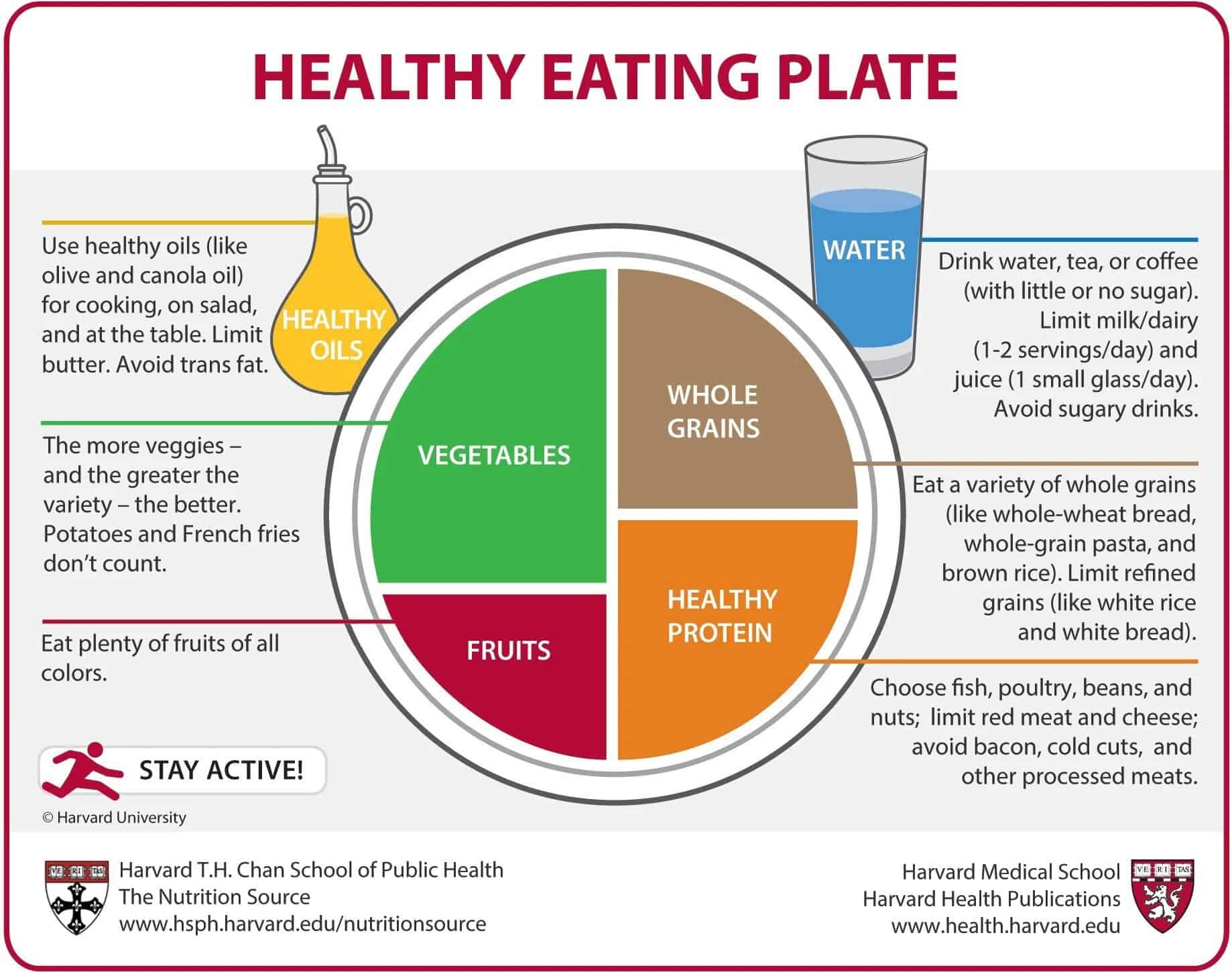This Dr. Axe content is medically reviewed or fact checked to ensure factually accurate information.
With strict editorial sourcing guidelines, we only link to academic research institutions, reputable media sites and, when research is available, medically peer-reviewed studies. Note that the numbers in parentheses (1, 2, etc.) are clickable links to these studies.
The information in our articles is NOT intended to replace a one-on-one relationship with a qualified health care professional and is not intended as medical advice.
This article is based on scientific evidence, written by experts and fact checked by our trained editorial staff. Note that the numbers in parentheses (1, 2, etc.) are clickable links to medically peer-reviewed studies.
Our team includes licensed nutritionists and dietitians, certified health education specialists, as well as certified strength and conditioning specialists, personal trainers and corrective exercise specialists. Our team aims to be not only thorough with its research, but also objective and unbiased.
The information in our articles is NOT intended to replace a one-on-one relationship with a qualified health care professional and is not intended as medical advice.
How to Build a Healthy Plate
July 18, 2024

Creating a balanced and nutritious diet is essential for maintaining overall health and well-being. One of the best ways to achieve this is by learning how to build a healthy plate.
This concept, popularized by nutrition experts, offers a simple and effective guideline to ensure you are getting the right mix of nutrients in every meal.
Let’s explore the importance of healthy eating and provide practical tips on how to build a healthy plate.
Importance of Healthy Eating
Every bite we take impacts our health. A balanced diet rich in fruits, vegetables and whole grains provides our bodies with the essential vitamins, minerals and fiber we need to thrive.
It can boost energy levels, improve mood and help us maintain a healthy weight. Making healthy choices can also reduce the risk of chronic diseases like heart disease, diabetes and certain cancers.
1. Weight management
A balanced diet helps maintain a healthy weight by providing the right amount of calories and nutrients.
2. Disease prevention
Proper nutrition reduces the risk of chronic diseases, such as heart disease, diabetes and certain cancers.
3. Energy levels
Consuming a variety of foods ensures a steady supply of energy throughout the day.
4. Mental health
A nutritious diet supports brain function and can improve mood and cognitive performance.
5. Longevity
Healthy eating habits can contribute to a longer, healthier life.

How to Build a Healthy Plate
Building a healthy plate involves including a variety of foods from different food groups in appropriate proportions. Here’s a step-by-step guide on how to do it:
1. Fill half your plate with vegetables and fruit
Vegetables and fruits are rich in vitamins, minerals and fiber. Aim to include a colorful assortment to benefit from a range of nutrients.
Dark leafy greens, red and orange vegetables, and fresh fruits are excellent choices. Non-starchy vegetables like broccoli, carrots and peppers are packed with micronutrients, keeping you feeling full and energized.
Healthy starches like corn and peas should can be included as well.
Remember to:
- Prioritize fresh or frozen options without added sugars.
- Incorporate a mix of raw and cooked vegetables.
2. Choose whole grains for a quarter of your plate
Whole grains are a vital source of complex carbohydrates, fiber and essential nutrients. Swap refined grains for whole grains to improve digestion and maintain steady energy levels.
Examples include:
- Brown rice
- Quinoa
- Whole wheat bread or pasta
- Oats
3. Allocate a quarter of your plate to protein
Proteins are essential for muscle repair, immune function and overall growth. Protein also helps you feel satiated.
Opt for a variety of protein sources, including plant-based and animal-based options such as:
- Lean meats like chicken or turkey
- Fish and seafood
- Beans and legumes
- Tofu and tempeh
- Nuts and seeds
4. Include healthy fats in moderation
Healthy fats are important for heart health, hormone regulation and brain function. These fats are essential for nutrient absorption and contribute to a feeling of satiety.
- Avocados
- Olive oil
- Nuts and seeds
- Fatty fish like salmon
- Omega-3 foods
You want to limit or avoid unhealthy fats, processed meats and other ultra-processed foods as much as possible as well.

Copyright © 2011, Harvard University. For more information about The Healthy Eating Plate, please see The Nutrition Source, Department of Nutrition, Harvard T.H. Chan School of Public Health, www.thenutritionsource.org, and Harvard Health Publications, www.health.harvard.edu.
5. Stay hydrated
Water is crucial for digestion, nutrient absorption and overall bodily functions. Aim to drink plenty of water throughout the day, and limit sugary drinks and excessive caffeine.
6. Control portion sizes
Even healthy foods can contribute to weight gain if consumed in large quantities. Be mindful of portion sizes, and listen to your body’s hunger and fullness cues.
For reference, a serving of protein is about the size of your palm, a serving of grains is roughly the size of your cupped fist and a serving of vegetables can fill a large dinner plate.
7. Limit added sugars and salt
High intake of added sugars and salt can lead to health problems. Read nutrition labels, and choose foods with lower amounts of these ingredients.
Conclusion
Understanding how to build a healthy plate is a fundamental step toward achieving a balanced diet and maintaining good health.
By following these guidelines, you can ensure that your meals are nutritious, diverse and satisfying.
Remember, healthy eating is not about strict limitations but about making smarter choices that promote long-term well-being. Start building your healthy plate today, and reap the benefits of a healthier lifestyle.
By optimizing your meals based on the principles outlined above, you’ll not only improve your physical health but also your mental and emotional well-being.
So, next time you prepare a meal, think about how to create a balanced, healthy plate, and enjoy the positive impact it has on your life.




